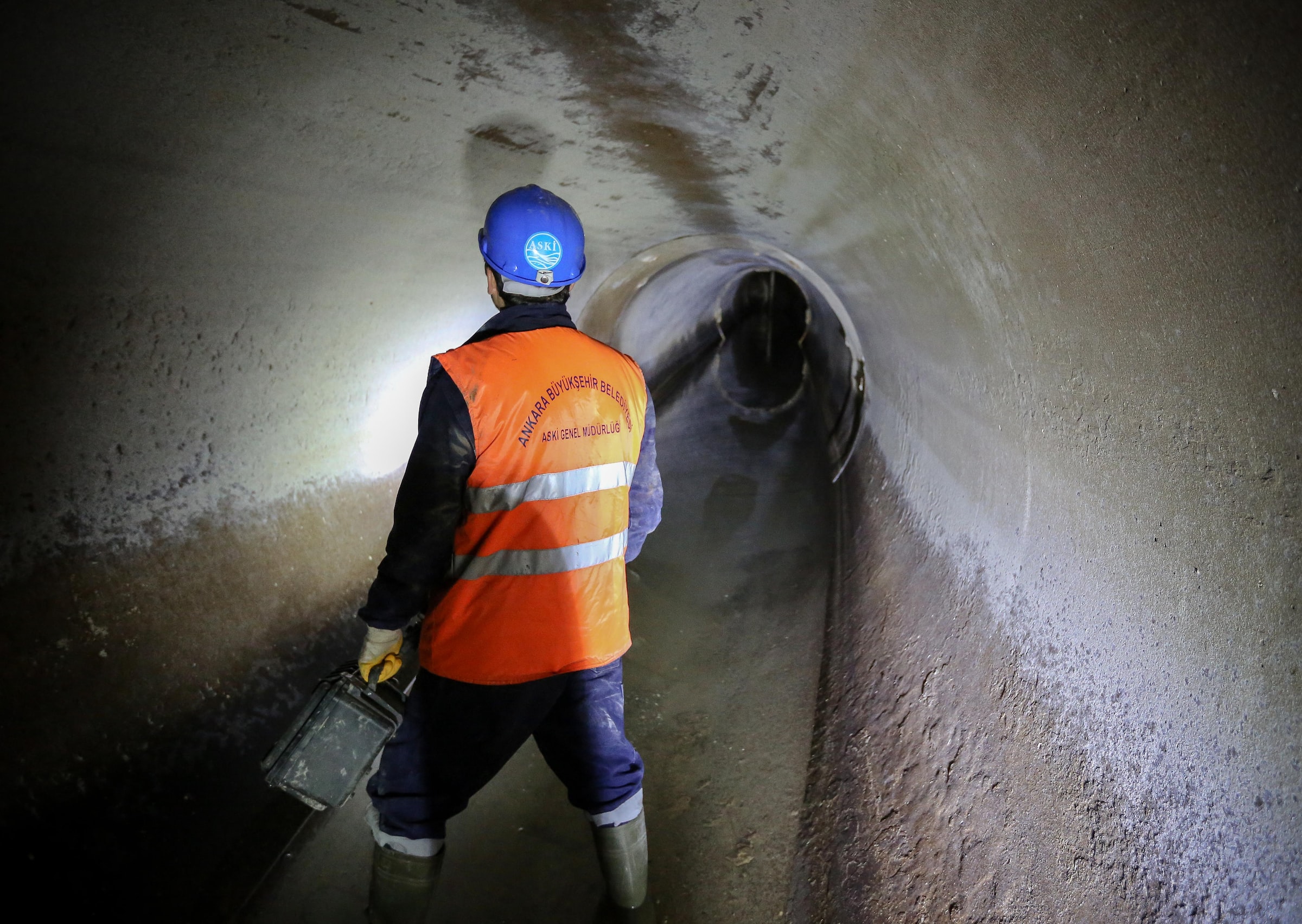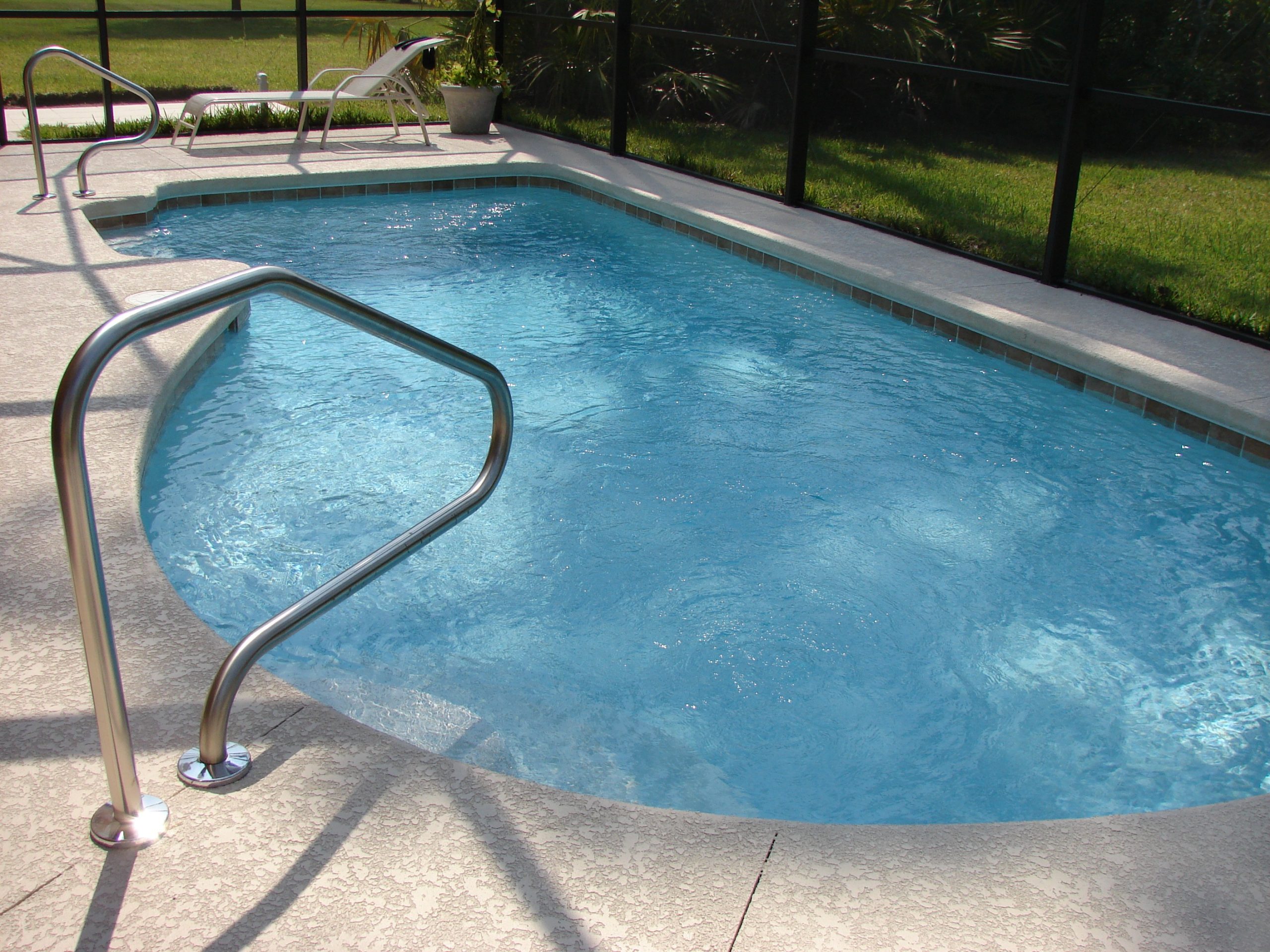When building, the choice of the sanitation system is a step not to be neglected. Depending on the rules governing the area in which your house is located, you can opt for a collective or individual network. If you choose the latter, discover the different solutions available. So, without further ado, let’s dive into this blog and learn some of the things you need to know about the sanitation system.
The phyto purification

With or without a septic tank, it is possible to use a planted filter bed (this technique is called lagooning) to clean up dirty water. Planted filter beds are made up of one or more layers of plants. The plant does not have a purifying role but allows the good aeration of the filter bed and has a decolumizing power.
The pre-treated water (from the all-water tank) is sent to the planted bed, organized in compartments of different levels, where a mechanical filtration of the particles occurs with a biological degradation of the pollution by aerobic micro-organisms (bacteria). The treated wastewater recovered at the bottom of the gravel pack is then discharged.
The compact filter
The compact filter has the same principle as the traditional filter. It uses a double purification to treat the water: bacterial and physical. This type of individual sanitation system uses a classic all-water tank for pre-treatment wastewater. It has two tanks, one of which is equipped with a filtering medium. The biggest advantage of this type of non collective sanitation system is that it does not require any electrical connection.
It is also easy to install, even if your land has a water table. It is also a silent system and does not require a footprint larger than 15m². The installation of the compact filter costs around 7 000 and 12 000 dollars. This price is likely to evolve according to the material used, the brand of the compact filter, the number of inhabitants, and many other factors.
The micro purification station

The micro wastewater treatment plant is suitable for a housing estate, a camping site, a group of dwellings, and an individual house. It operates in a variety of ways. There is the activated sludge model, which adopts the same principle as the municipal wastewater treatment plant. The variation in the number of occupants can affect its operation.
As for the fixed culture micro-station, it needs bacterial culture support. It is the most common individual sanitation system. The SBR micro-station operates in a different way from the first two non collective sanitation systems. It includes a device to relay the treatment and decantation of wastewater. Compared to the first model, this one produces an acceptable quantity of sludge.
You don’t need to build an earthwork by choosing this individual sanitation system. It is a device that is both ecological and odorless. Compared to other devices, the installation of this one can be done in a shed or a garage. You can also put it in the basement. The cost of the work varies between 6 000 and 10 000 dollars, depending on the number of inhabitants.
The plant filter
The principle of this non-collective sanitation system is simple. It uses plants such as bulrushes, reeds, massetes, and other types of macrophyte plants to purify wastewater. The advantage of using this technique is that you can reuse the water for irrigation. It also enhances your outdoor space. To install this type of individual sanitation system, you should expect to pay between 700 and 3,700 dollars.
Before choosing the individual sanitation system for your building, it is necessary to carry out a feasibility study. This will allow you to know the most suitable system. Then, send your file to the necessary agencies. It will check if the proposed individual sanitation system is appropriate or not. It is only afterward that it validates or not your project. All that remains is for you to choose a professional to install the individual sanitation system with more than thirty years of experience in the field.
Sound off in the comments section below and tell us what you want to read next and if you want to read more about the sanitation system.





